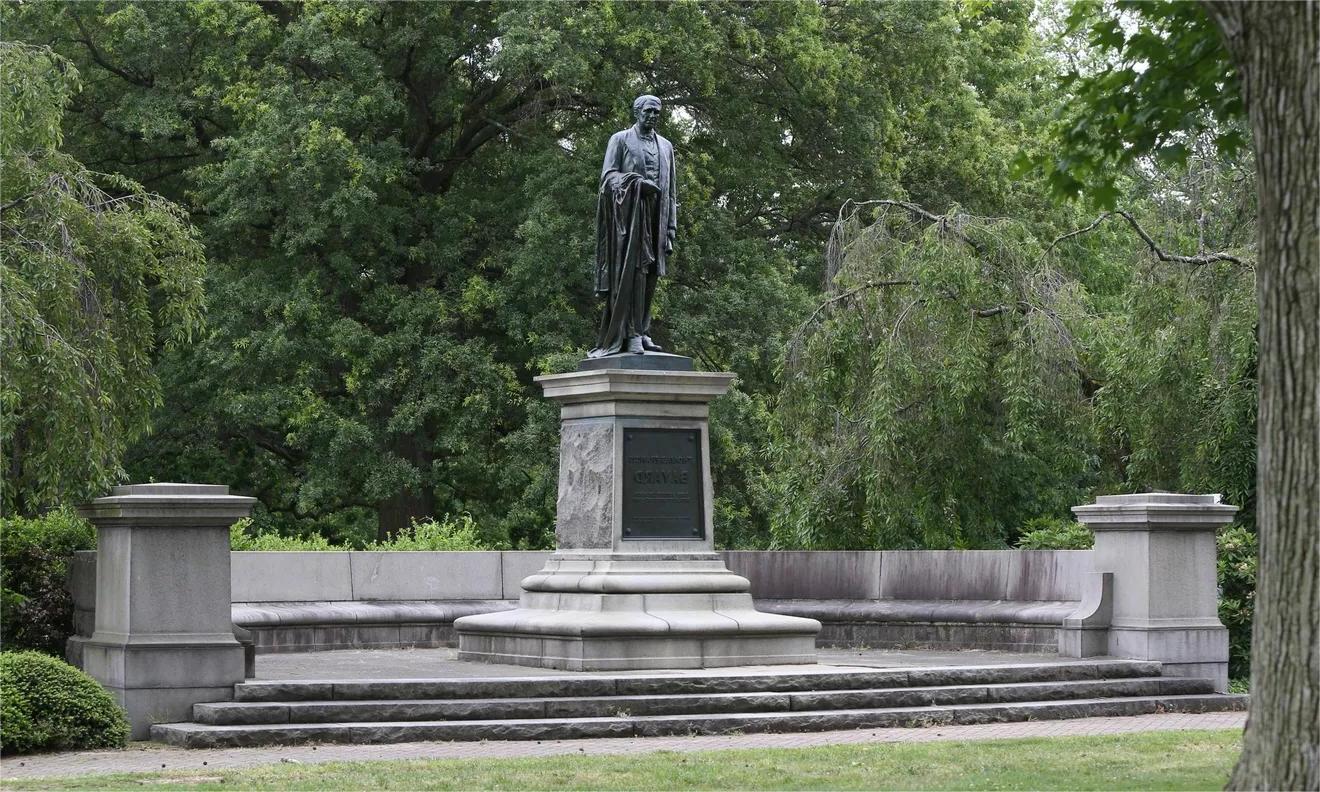Secrets Of Delaware’s Colonial Stone Markers

Have you ever wondered about the colonial stone markers scattered across Delaware? These historical artifacts, often overlooked, tell fascinating stories about the state's past. Dating back to the 1700s, these markers were used to define property boundaries, guide travelers, and even settle disputes. Each stone has its own unique tale, etched by surveyors and landowners of the time. Exploring these markers offers a glimpse into colonial life, showing how people navigated and claimed land. Whether you're a history buff or just curious, learning about these stones can make your next visit to Delaware even more interesting.
Discovering Delaware's Colonial Stone Markers
Delaware's colonial stone markers are more than just old rocks. They tell stories of the past, marking boundaries and guiding travelers. Let's explore some of these fascinating historical markers.
1. The Mason-Dixon Line
The Mason-Dixon Line is perhaps the most famous boundary marker in the United States. It was surveyed between 1763 and 1767 by Charles Mason and Jeremiah Dixon to resolve a border dispute. This line separates Delaware from Maryland and Pennsylvania.
2. The Twelve-Mile Circle
The Twelve-Mile Circle is a unique boundary around New Castle, Delaware. It was established in 1681 and is one of the few circular borders in the U.S. This marker is a testament to the early colonial efforts to define land ownership.
3. The Transpeninsular Line
The Transpeninsular Line, surveyed in 1751, marks the southern boundary of Delaware. It stretches from Fenwick Island on the Atlantic coast to the Chesapeake Bay. This line helped settle disputes between Maryland and Delaware.
4. The Middle Point Marker
Located at the midpoint of the Transpeninsular Line, the Middle Point Marker is a significant historical stone. It was placed in 1751 and remains a crucial reference point for surveyors.
5. The Fenwick Island Lighthouse
While not a stone marker, the Fenwick Island Lighthouse is an important colonial landmark. Built in 1858, it stands near the Transpeninsular Line and has guided sailors for over a century.
6. The Arc Corner Monument
The Arc Corner Monument marks the intersection of the Twelve-Mile Circle and the Mason-Dixon Line. This stone, placed in 1892, is a key point in understanding Delaware's unique borders.
7. The Delaware-Pennsylvania Boundary Marker
This marker, placed in 1892, signifies the boundary between Delaware and Pennsylvania. It is part of the Mason-Dixon Line and represents the historical efforts to define state lines.
8. The Tangent Stone
The Tangent Stone, placed in 1765, marks the point where the Mason-Dixon Line meets the Twelve-Mile Circle. This stone is a crucial part of Delaware's colonial history.
9. The Tri-State Marker
The Tri-State Marker is where Delaware, Maryland, and Pennsylvania meet. This stone, placed in 1849, is a symbol of the collaboration between the states to define their borders.
10. The Delaware-Maryland Boundary Stone
This stone, placed in 1767, marks the boundary between Delaware and Maryland. It is part of the Mason-Dixon Line and represents the historical efforts to resolve border disputes.
11. The New Castle Court House Museum
While not a stone marker, the New Castle Court House Museum is a significant colonial landmark. Built in 1732, it played a crucial role in Delaware's early government and boundary disputes.
12. The Old Swedes Church
The Old Swedes Church, built in 1698, is one of the oldest churches in the United States. It stands as a testament to the early Swedish settlers in Delaware and their efforts to establish boundaries and communities.
13. The Cooch's Bridge
Cooch's Bridge, the site of Delaware's only Revolutionary War battle, is a significant historical landmark. While not a stone marker, it represents the struggles and efforts of early colonists to defend their land.
14. The Fort Christina Monument
The Fort Christina Monument marks the site of the first Swedish settlement in Delaware, established in 1638. This monument stands as a reminder of the early colonial efforts to claim and define land in the New World.
15. The John Dickinson Plantation
The John Dickinson Plantation, home of one of the Founding Fathers, is a significant historical site. It represents the early colonial efforts to establish and maintain boundaries and land ownership in Delaware.
The Legacy of Delaware's Colonial Stone Markers
Delaware's colonial stone markers offer a unique glimpse into the past. These stones, scattered across the state, tell stories of boundary disputes, early settlers, and the growth of a new nation. They serve as historical landmarks, reminding us of the challenges and triumphs faced by those who came before. Exploring these markers can be a fascinating journey through time, providing a deeper understanding of Delaware's rich history. Whether you're a history buff or just curious, visiting these markers can be a rewarding experience. They stand as silent witnesses to centuries of change, preserving the legacy of Delaware's colonial era. So next time you're in Delaware, take a moment to seek out these hidden gems. You'll not only learn about the state's history but also gain a greater appreciation for the stories etched in stone.

